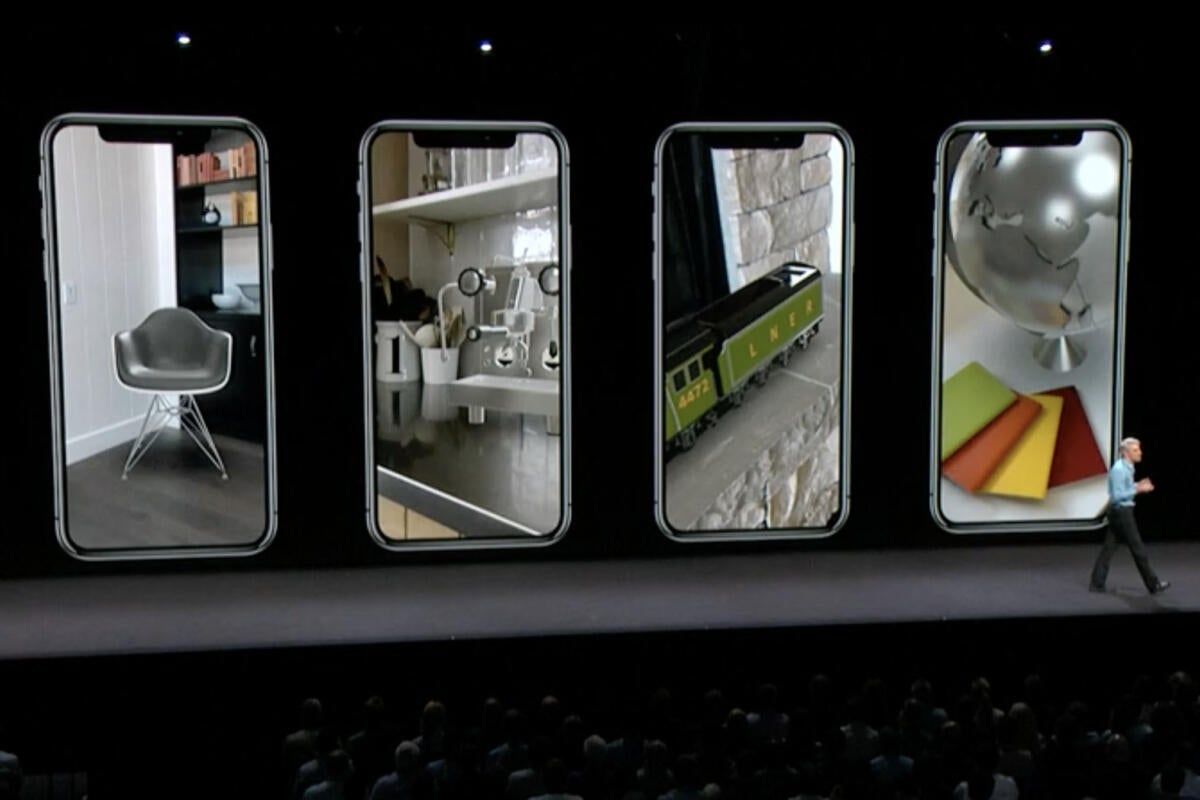
Apple has quietly introduced new AR features that should help the company push adoption of the technologies more into the mainstream, particularly for retailers, animation houses and educators – and you can access these using QuickLook.
What Apple is doing
Apple’s QuickLook supports 3D models that use the USDZ file format the company built in collaboration with Pixar. This works in the apps you use every day, including Safari, Messages, Mail, the Finder and more – so you don’t need an additional app to run AR experiences.
When you tap one of these 3D models, Apple’s ARKit renders it in as realistic way as possible, with lighting and shadows. You can move the object around, examine it from different angles and more.
What’s new is that Apple is now adding Apple Pay support to this feature, which means you can explore an item in virtual space and then, if you wish, pay for it.
The growing business case for AR
This isn’t confined to Apple Pay, as the support comes in the form of a button developers can customize for different uses. So, for example, an educator may use that button to direct you to additional related multimedia content, while a components supplier may want to initiate a customer support chat, for example.
The idea is that you can share an AR preview of an item within the body of a Messages chat, Mail message, online, within an app or anywhere else on Apple’s platforms USDZ is supported.
These new features were previewed at WWDC 2019, as reported by TechCrunch, but are now being switched on by major retailers, including Home Depot, Wayfair, 1-800 Flowers, and Bang & Olufsen.
Animators seem excited
Privately, in a recent conversation with an animation studio that creates works for corporate clients and games developers, I learned the file format is also being supported by key applications, such as Maya. Developers were thrilled, as it lets them preview objects they work with in more or less real time; they also hinted that we’ll see more of such AR action.
Support for spatial audio is also in development.
This means the virtual objects you are working with can emit sounds, and also means the spatial audio in your Macs (I’m looking at you, 16-in. MacBook Pro!) can make the object’s sound appear as if it is coming from wherever you choose to situate it in your room.
What problems does this solve?
We know Apple is big on AR, but making big things happen isn’t about technology alone. It also requires viable business models.
This means that if the company wants AR to break out from specific usage cases and hobbyists into the mainstream Apple knows it must enable viable businesses to grow.
That’s what this new feature should achieve. In doing so, it should help make AR more widely used in transactions and may help generate fresh opportunities for new products and services.
Retailers are already really keen on AR, and by making it possible to share high-quality AR assets across its platforms, and by adding features (such as ‘Buy Now’ buttons) to its articulation, Apple is helping stimulate demand.
It’s a little like the foundation years of desktop publishing.
We’ll know the plan is working when AR is as commonplace as pizza delivery leaflets. That’s certainly what Apple Vice President Eddy Cue seems to expect, saying he thinks AR will be a “mainstream experience” we use every day.
It’s all about evolution.
Apple CEO Tim Cook in 2017 predicted this: “Think back to 2008 when the App Store went live,” he said. “There was the initial round of apps, and people looked at them and said, ‘This is not anything; mobile apps are not going to take off.’”
Today we use apps for just about everything. “AR is like that,” Cook said.
Up next: AR for the rest of us
There is another possible reason Apple is paying so much attention to the technology, and that’s the long-speculated upon Apple Glasses it is supposed to be working on.
While the company can make these pretty special and weave in much magic on its own account, it also knows it must also empower developers to enhance its core features. It must also excite developers, consumers and enterprise users with what can be done.
One way to achieve that it to ensure AR is in already in wide use before the company introduces any such product. Another is to ensure that AR business ideas can become profitable realities by providing platform-based support for opportunity, which is what I think this is.
What is your company doing to explore this opportunity?
Please follow me on Twitter, or join me in the AppleHolic’s bar & grill and Apple Discussions groups on MeWe.

